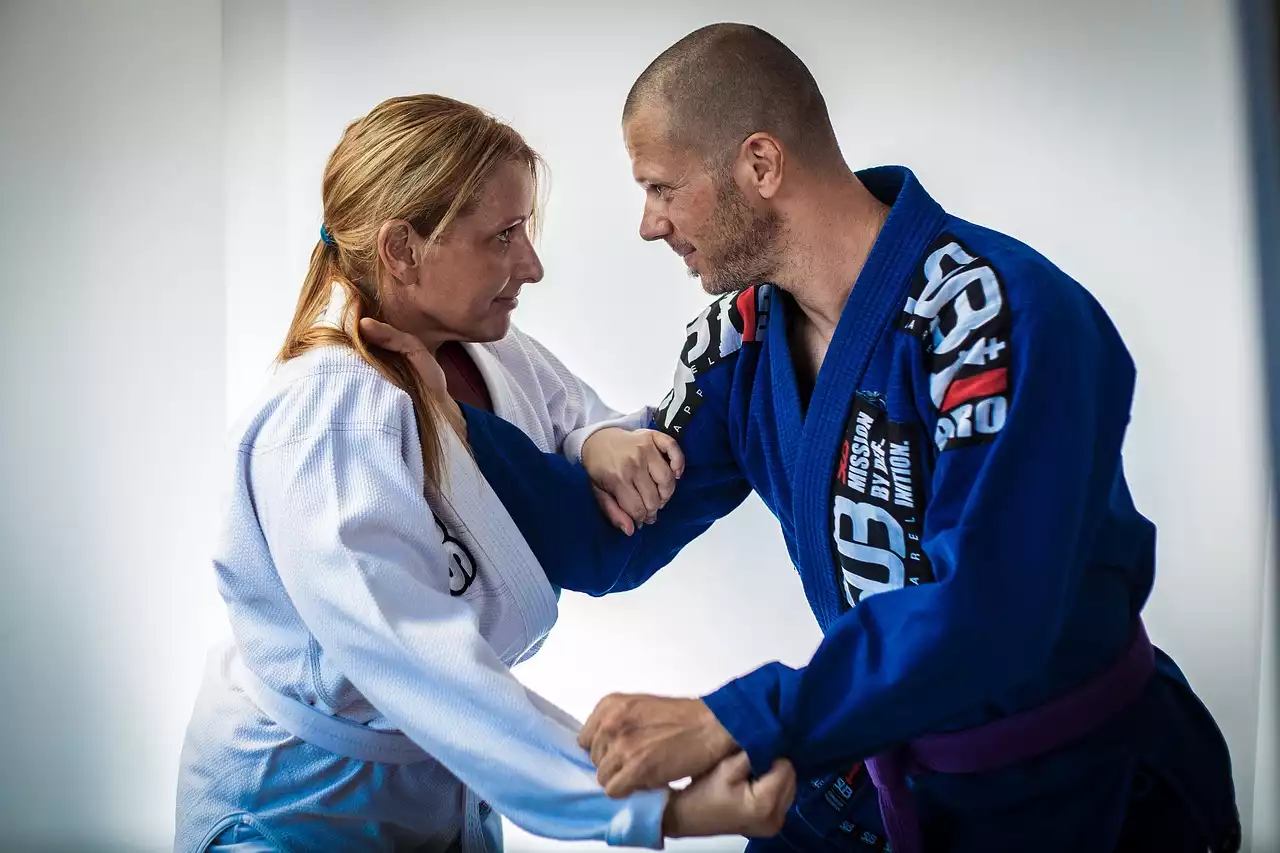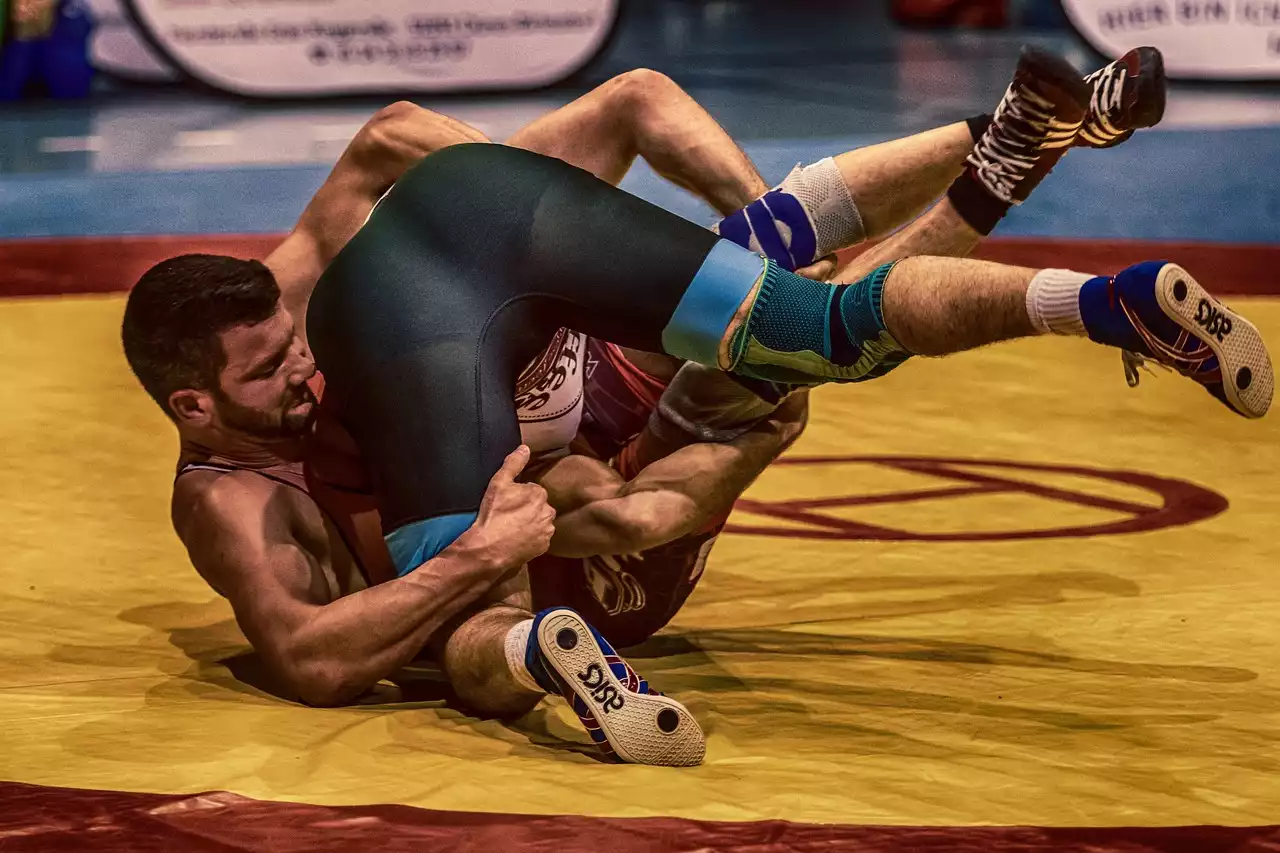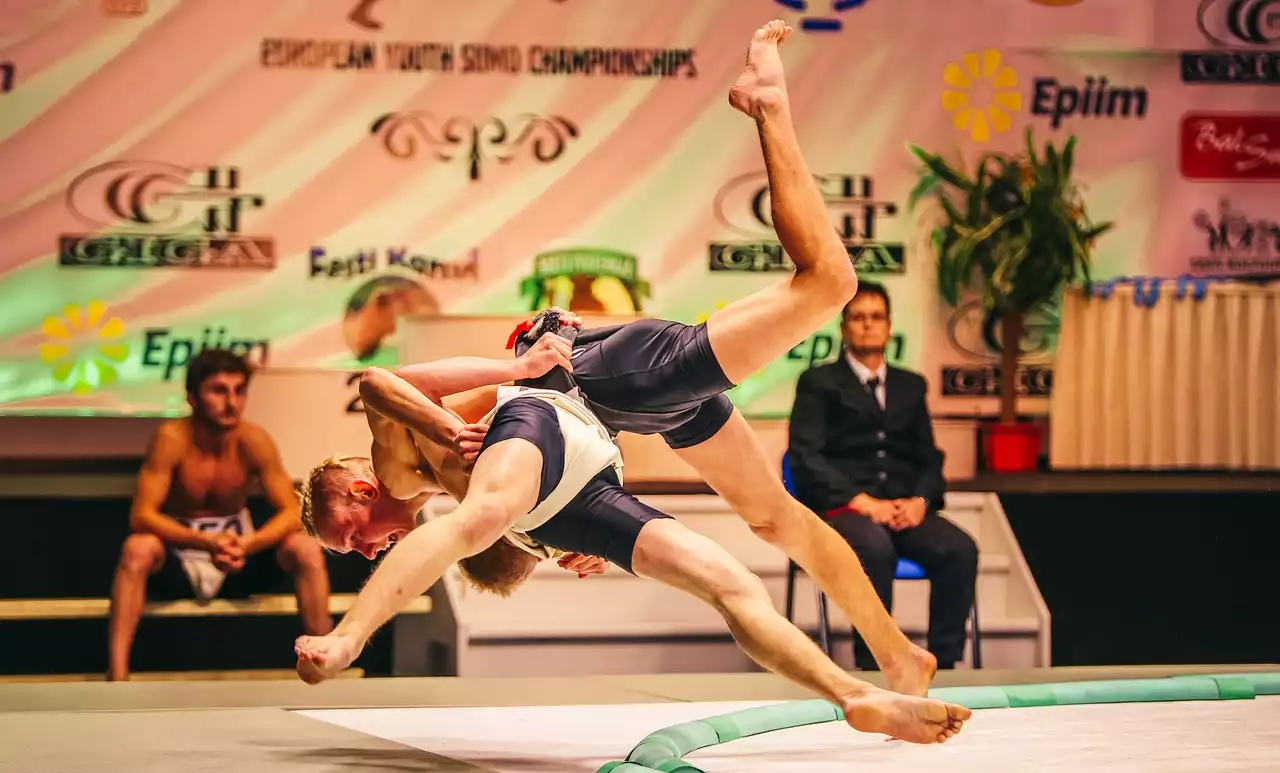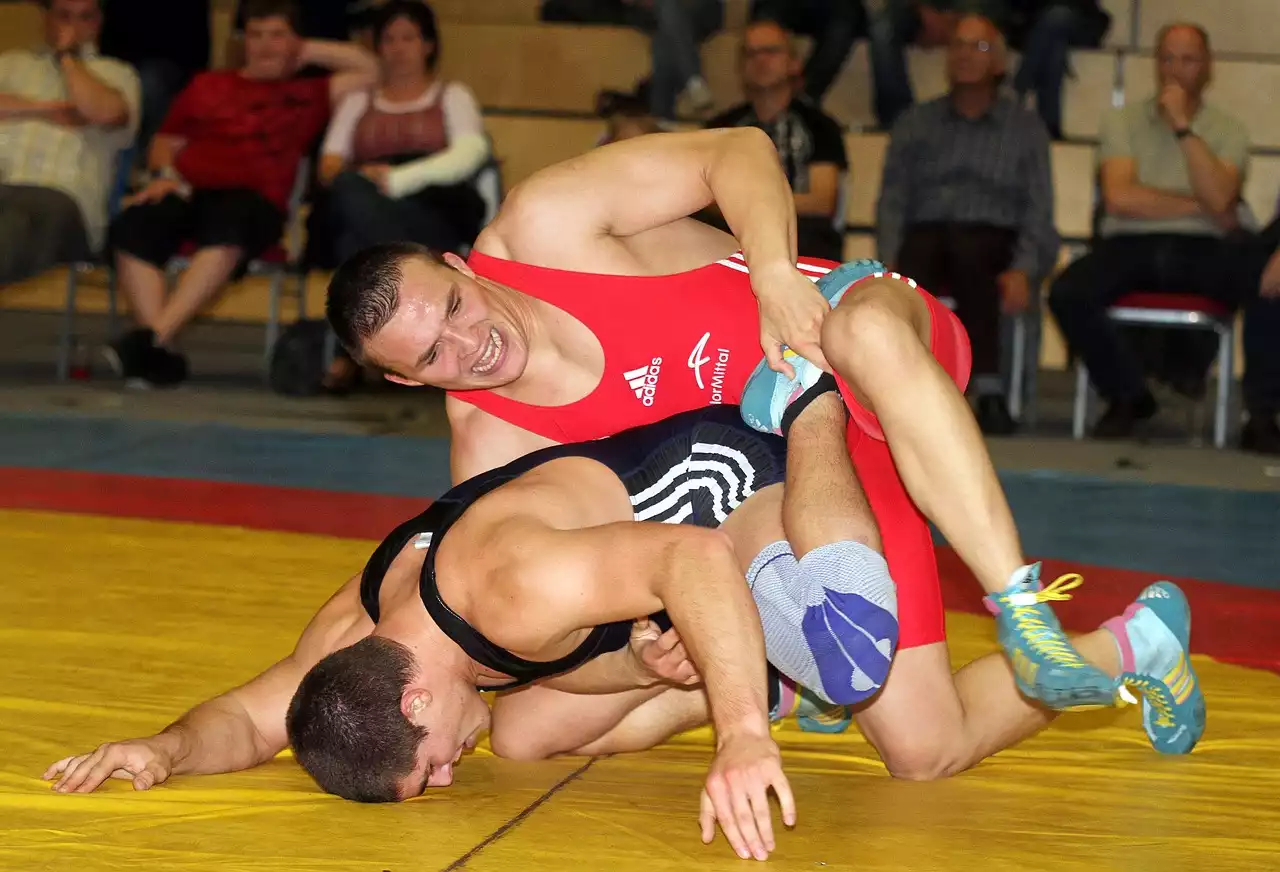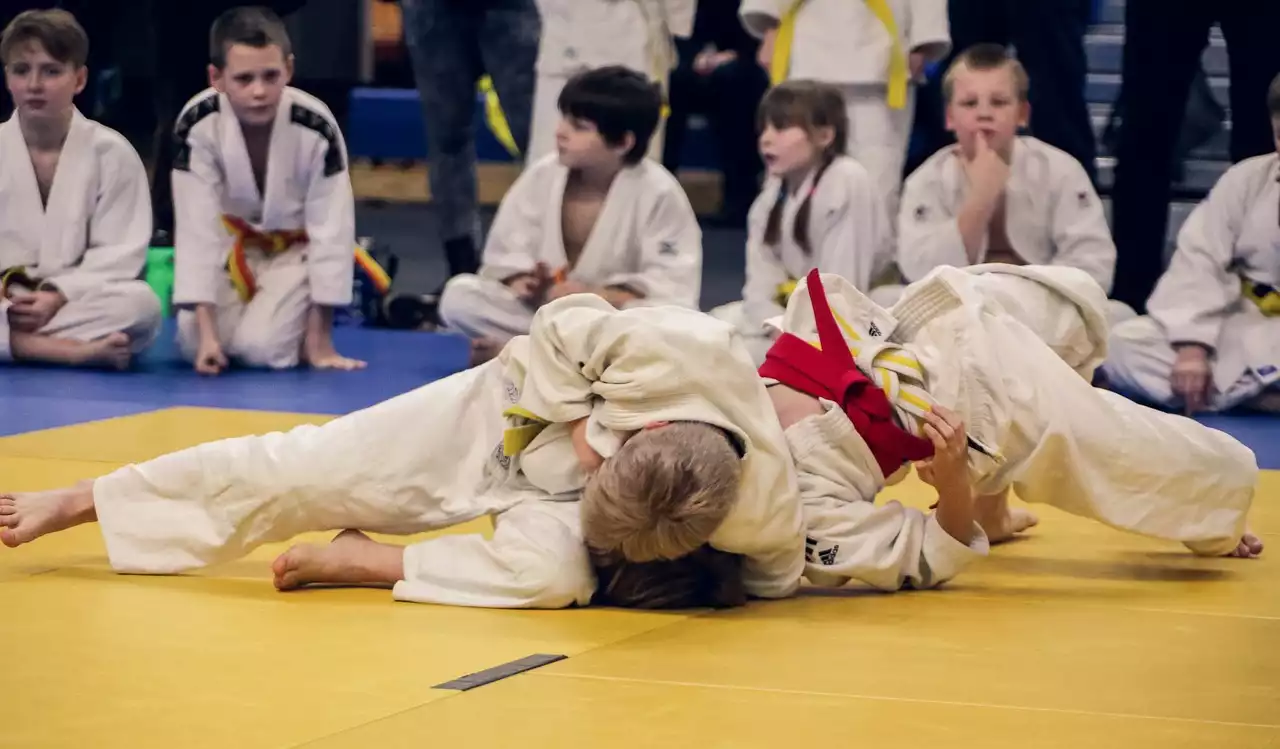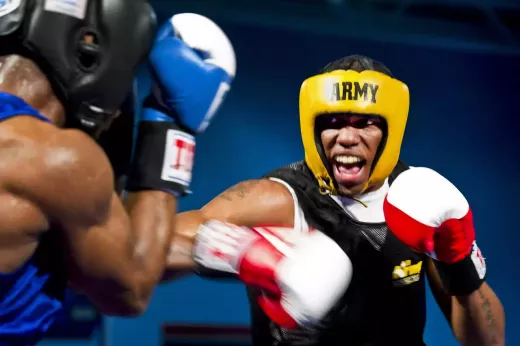History and Origins of BJJ
BJJ traces its roots back to Japan, where it was originally known as Judo. In the early 20th century, a Japanese Judo master named Mitsuyo Maeda traveled to Brazil and taught the art to a young man named Carlos Gracie. Carlos and his brothers adapted the techniques to suit their smaller frames and founded the Gracie Jiu-Jitsu Academy in Rio de Janeiro. Over time, BJJ evolved into its own distinct martial art, with a focus on ground fighting and submissions.
The Principles and Philosophy of BJJ
At its core, BJJ is about using leverage and technique to overcome an opponent, regardless of their size or strength. The philosophy of BJJ is grounded in the concept of mutual respect, where practitioners are encouraged to treat each other with respect and humility. BJJ also emphasizes the importance of patience and perseverance, as well as the willingness to learn from both successes and failures. In BJJ, there is no such thing as losing – only learning.
Benefits of Practicing BJJ
There are many benefits to practicing BJJ, both physical and mental. Physically, BJJ is a great full-body workout that can help you build strength, endurance, and flexibility. It is also a great way to improve your cardiovascular health and burn calories. Mentally, BJJ can help you build confidence, discipline, and mental toughness. It requires a lot of focus and concentration, which can help improve your overall cognitive function. BJJ is also a great way to relieve stress and anxiety, as it provides an outlet for physical and mental tension.
Basic Techniques and Positions
BJJ is a complex martial art that involves many different techniques and positions. However, there are a few basic techniques and positions that every practitioner should know. These include the guard, mount, side control, and back mount. The guard is a defensive position where the practitioner is on their back, using their legs to control their opponent. The mount is a dominant position where the practitioner is on top of their opponent, controlling their hips and shoulders. Side control is another dominant position where the practitioner is on top of their opponent, controlling their hips and arms. Back mount is a position where the practitioner is behind their opponent, controlling their back and neck.
Advanced Techniques and Positions
Once you have a solid understanding of the basic techniques and positions, you can start to explore more advanced techniques and positions. These include submissions such as arm bars, chokes, and joint locks. Advanced positions include the 50/50 guard, the spider guard, and the worm guard. These positions require a lot of skill and practice to master, but they can be very effective in both competition and self-defense situations.
Drills and Exercises for Improving Your BJJ Skills
In order to improve your BJJ skills, it is important to practice regularly and consistently. There are many drills and exercises that you can do to help improve your technique and conditioning. These include positional drills, live training, and specific training exercises. Positional drills involve practicing specific techniques and positions, while live training involves sparring with a partner. Specific training exercises can include strength and conditioning work, as well as cardio and mobility drills.
Training and Competing in BJJ
Training and competing in BJJ requires a lot of dedication and hard work. It is important to find a gym or academy that is supportive and welcoming, with experienced instructors and a strong community. When competing in BJJ, it is important to understand the rules and regulations of the tournament, as well as to be mentally and physically prepared. It is also important to have a game plan and to be able to adapt to your opponent's strategy.
The Importance of Mindset in BJJ
In BJJ, mindset is everything. It is important to approach training and competition with a positive attitude, a willingness to learn, and a growth mindset. It is also important to be patient and persistent, as progress in BJJ can be slow and incremental. Finally, it is important to have a sense of humility and respect, both for your opponents and for the art itself.
Finding the Right BJJ Gym or Academy
When looking for a BJJ gym or academy, it is important to do your research and to find a place that is a good fit for you. Look for a gym with experienced instructors, a positive and supportive community, and a variety of classes and training options. You should also consider the location, schedule, and cost of the gym, as well as the availability of equipment and facilities.
BJJ Gear and Equipment
To practice BJJ, you will need a few key pieces of equipment. These include a BJJ gi, or uniform, which is typically made of cotton or a cotton blend. You will also need a belt to indicate your rank, as well as rash guards and grappling shorts for no-gi training. Other optional equipment includes mouthguards, knee pads, and ear guards.
Frequently Asked Questions About BJJ
Q: Is BJJ a good form of self-defense? A: Yes, BJJ is a very effective form of self-defense, as it emphasizes techniques that can be used against larger and stronger opponents.
Q: Do I need to be in shape to start practicing BJJ? A: No, you do not need to be in shape to start practicing BJJ. In fact, BJJ can be a great way to get in shape and improve your overall fitness.
Q: What is the difference between gi and no-gi training? A: Gi training involves the use of a traditional BJJ uniform, while no-gi training is done without the gi, using rash guards and grappling shorts instead.
Q: How long does it take to earn a black belt in BJJ? A: This can vary depending on the individual and the academy, but it typically takes around 10 years of consistent training to earn a black belt in BJJ.
Q: Is BJJ safe? A: While there is always a risk of injury in any martial art, BJJ is generally considered to be a safe and low-impact form of training.
